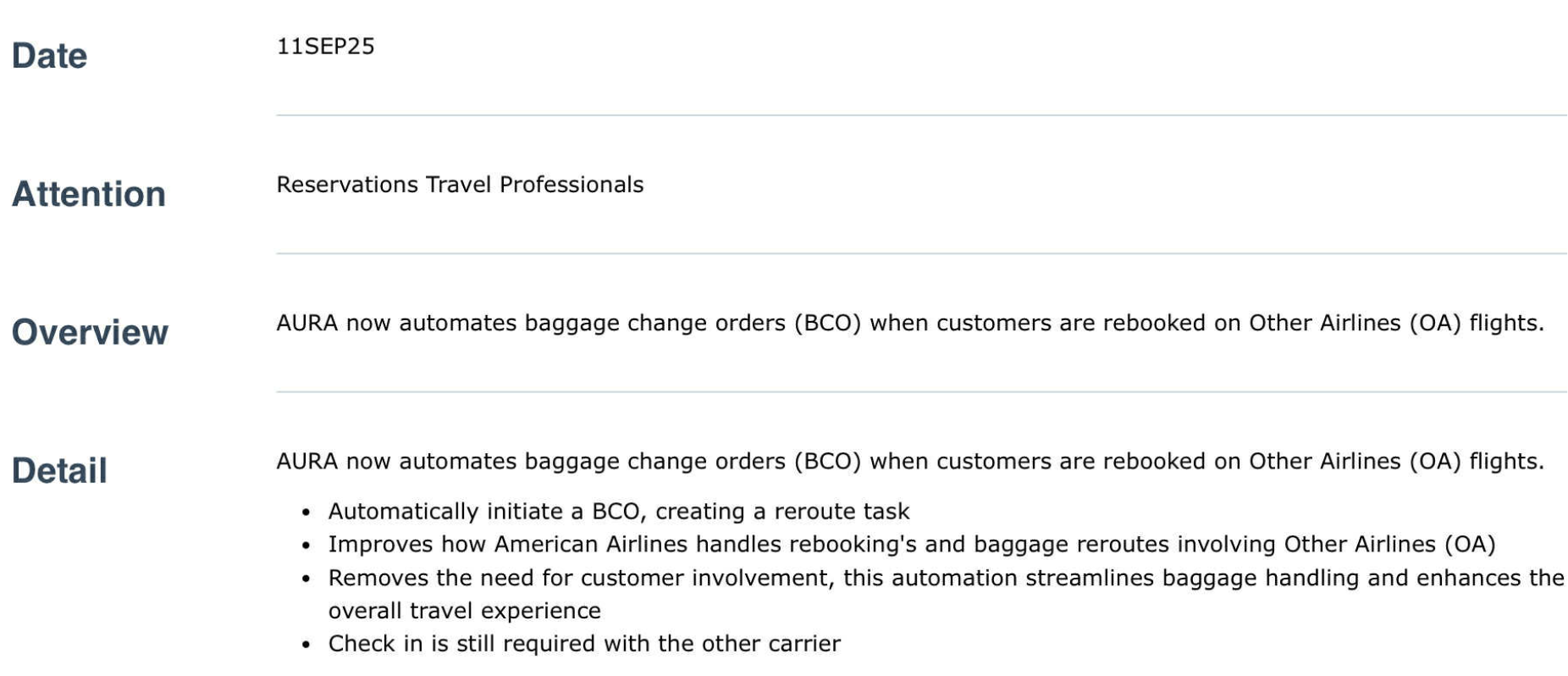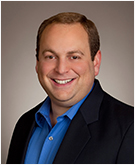News and notes from around the interweb:
- How much training should an airline pilot need? (WSJ, HT: @crucker)
I’d add that Europe is just as safe and didn’t follow from 250 hours to 1,500 and indeed European co-pilots fly without 1,500 hours in the U.S. every day. And also that driving up the cost and time to become a pilot shuts out talented out, so we draw on a less talented pool for the cockpit – that’s bad for safety.
For decades, the minimum flight time to perform the duties of a first officer (aka co-pilot) on an airliner was 250 hours. …Even experts aren’t sure where the 1,500-hour figure came from…You could build most of your time sitting right seat on charter flights with a crusty captain who never, ever lets you touch the controls. A pilot could fly the same planes, on the same routes, in the same fair weather for 1,500 hours, perhaps picking up very bad flying habits in the process.
- Something we may not think about that drives loyalty: clean restrooms. Lessons here for everyone, even airlines and hotels. (HT: So Many Points newsletter)
- Here’s a walkthrough of San Diego’s new terminal 1. It will be getting an Escape lounge.
- More automation here should eliminate chance for error, and that’s great. But we’ll see how well it works – AURA does not always work well!

- Las Vegas Has a Problem: Too Much Luxury

- Lyft is testing telling drivers in advance how often riders tip so they can use that in deciding whether to accept a ride.
This is being completely misunderstood, “For Lyft, which owns about 30% of the US rideshare market, releasing new features that benefit drivers can help it win over drivers from its larger rival Uber Technologies Inc.”
It’s not about ‘winning over drivers.’ On the contrary, it’s about squeezing them. If drivers know there’s a high likelihood of getting paid more for the ride, they’ll be more likely to accept rides at lower pay from Lyft.


Ok so the premise here is that more flight time doesn’t mean more experience. That’s ludicrous. By the way the 1500 hours is EASY TO FIGURE OUT if you apply yourself. It’s the hours required for an ATP, Airline Transport Pilot certificate. You talk about examples of how one could not have adequate experience even with 1500 hours but that’s like saying a heart surgeon who has 500 surgeries could have just watched them all. Honestly that’s BS. So yeah, let’s shoot ourselves with the a loaded pistol rather than play Russian roulette? Let’s ensure the pilot has little experience vs making a valiant attempt at increasing experience for pilots who carry so many innocent lives into the air! Makes sense….NOT!
Also you know why this rule was made right? How soon we forget flight 3509 in 2009 when the captain was poorly adequate to even fly a plane and the FO was sick and 1/2 asleep on the way to Buffalo. Congress decided rightly to raise the bar so innocent passengers and those on the ground don’t needlessly die due to poorly trained and inexperienced kids flying these flights.
Oops meant Colgan 3407. Damn typos!
I donno about ‘less safe,’ but I can see how such ‘rules’ are making it ‘more expensive’ for airlines. As with most things, ‘it depends’ whether that is actually a ‘safety’ issue, rather than just economic.
Likewise, a lot of operational decisions aren’t made only on the basis of safety, sometimes it is economic viability, cost, etc. This is why, when a significant delay or cancellation is under the airlines’ control, we, the passengers, should be compensated, in addition to re-routings and refunds. Yes, like @Tim Dunn with Delta, I can turn any topic into a pro-air passenger rights legislation talk.
As for Lyft, I’d say, they’re still better than Uber, which jacks up rates to insane levels these days. These days, I use my silly Amex credits on Uber Eats, and just take Lyft for ride-shares (or a taxi, public transit…)
“Less safe”…and the author is an airline pilot? Eh…no! As an airline flight instructor, yes…less safe to reduce the hours. For an unrestricted ATP pilot certificate, the minimum hours is 1500. It is not that a pilot with less hours isn’t a competent pilot. It is the experience and judgement factors that make up the difference. Traveling 180 knots in a Cirrus versus 450 knots in an Airbus is a major difference. Yes, the pilot with less time can expertly “fly” the plane. But they lack the experience that only quality flight time can bring. I have set back numerous pilots who meet “min qual” because they are so far behind the jet, that they are looking at the static wicks on the rudder. I wouldn’t want to be in an airliner during an emergency where the captain is mentally “by himself” with a first officer just flying the plane. The comedian Steven Wright once said, “Experience is something you don’t get until just after you need it.”
“Less safe”…and the author is an airline pilot? Eh…no! As an airline flight instructor, yes…less safe to reduce the hours. For an unrestricted ATP pilot certificate, the minimum hours is 1500. It is not that a pilot with less hours isn’t a competent pilot. It is the experience and judgement factors that make up the difference. Traveling 180 knots in a Cirrus versus 450 knots in an Airbus is a major difference. Yes, the pilot with less time can expertly “fly” the plane. On the other hand, there are at least two people in the cockpit for a reason. One is going to fly the plane and the other is going to “watch the house” and work the strategy for down the road. That’s where experience comes into play. The more hours, the more experience. I have set back numerous pilots who meet “min qual” and then some because they are so far behind the jet, that they are looking at the static wicks on the rudder. The comedian Steven Wright once said, “Experience is something you don’t get until just after you need it.”
@Gary – LALF had a guest post by an actual pilot a couple of weeks ago that specifically refuted your assertion about the 1500 hour rule. While I think you bring up some interesting things it would be more valuable to hear you address the arguments raised in that post rather than talking past him.
Nice link about Las Vegas. It pretty much hits the nail on the head for me as well. If you’re not rich and there’s little to no value in Vegas then where’s the fun?
I’m in the industry flying with 1500 pilots. Your opinion of this is completely wrong. Even at 1500 hours these pilots are hanging onto the tail and often create more work for the captain than if he was up there alone. They are still good pilots, but 1500 is not much experience, especially depending on what type of experience that is.
There was a significant increase in the amount of safety reports filed in the aftermath of Covid when there were actually 1500 hour pilots making it to the jet cockpits. Now that hiring has slowed, the experience level has ticked back up to well over 2,000 hours and will continue to climb.
The 250 hour comparison in Europe is not accurate for a whole bunch of reason and again shows the authors limited knowledge about these programs and the industry in general. There are no “250” hour European pilots “flying” in the USA and there were never 250 hour pilots hired at airlines in the United States. The average mainline airline experience for the past 40 years was 4,000-6,000 hours or more. And in the 50s through the 80s pilots were hired at flight engineers and didn’t touch the actual flying controls for several months at minimum and sometime not for several years.
Gary,
While I won’t address the inaccuracies in the WSJ article here (it has several) there is NOTHING in it that argues the 1500 hour rule is making flying less safe. If anything it’s the opposite.
I get your married to your anti 1500 hour agenda but do you really need to resort to clickbait titles that totally misrepresent the facts in that pursuit?
Really, it’s too much of an ask for a pilot of a jet full of passengers to have 2 years with of experience (that’s what 1,500 hours is equivalent to)????
You’d rather have them green?
Wow,. Worse. Than. Boeing and it’s MCAS.
Less multi engine time and less night flying, actual IMC, etc is the problem. Puppy mills ship them out the door with the insurance minimum and let the airlines take the liability. Schools don’t even let CFI’s take their students up in any weather with winds about 10kts, or at night beyond the FAA minimum. It’s dumb. 250 multi PIC (Dual given or SOLO) should be required (not the hand holding “duties of PIC” carve out.) There needs to be more strict controls as to what TYPES OF HOURS are encompassed within those 1500. R-ATPs are some of the scariest FOs. I’ve flown with. Restricted ATP needs to go away as well.
1500 hours in a Cessna 172 does not an airline pilot make. Ex-Captain Sheets, USAF
@Dan: New pilots with 1,500 hours “hanging onto the tail” doesn’t mean the 1500 hour requirement is good – in fact it is more evidence that it’s stupid.
The problem with the 1500 hours is it doesn’t specify what the hours ARE. Just cruising along at altitude in good weather isn’t helping. So it ends up just being an expensive time sink. Pilot spend the money to get the hours, but don’t actually get relevant experience.
You’d be better off with a pilot who has 500 hours and 1500 takeoffs and landings, in a variety of weather conditions.
Its hard to compare and contrast JAA/EASA and European standards to FAA. Under the European training regime there is more mental and cognitive testing, written exams, simulator evaluations etc. Especially, for the ab initio programs i.e. Lufthansa, British airways etc.
The successful students then start pilot training.
Comparing European pilots to US pilots. A checkride for a US pilot license or a type rating is a 2-4 hour event. A European checkride for the same is an all day or even into a second day event. I think Europeans get more knowledge out of each flight hour!
“Even experts aren’t sure where the 1,500-hour figure came from”
The “experts” are idiots. Colgan crash in BUF is where it came from.
I was hired at one of the big three with 750 hrs. 680 was jet time, some supersonic, 550 of those hours were heavy jet time. I was trained by the USAF, not at Bobs flight school. Big difference.
“One way of looking at this might be that for 42 years, I’ve been making small, regular deposits in this bank of experience, education, and training. And on January 15, the balance was sufficient so that I could make a very large withdrawal.” – Captain Chesley “Sully” Sullenberger
Leff,
There are tens of thousands of qualified applicants to the U.S. majors, all holding an ATP. So why lower the standard? I’m not sure why you personally advocate for it, as you don’t have a stake in the issue.
European airlines usually hire pilots to specific positions based on their qualifications and experience. For example, British Airways hires for specific roles like long-haul FO or regional Captain. EASA also requires 1,500 hours for their ATP equivalent btw. U.S. airlines hire with the understanding that, if you hold the seniority to be a 777 Captain, whether thats in 3 months or 30 years, you’ll have the experience to do the job. This article proves once again that you’re woefully ignorant with how training, hiring, and airline cultures work, let alone how they differ between Europe and the U.S.
The truth is, Gary doesn’t care about aviation safety. He uses it as a pretext to push for lower wages. Before 2022, he had no problem with the ATP rule. Thats also when the current labor contracts were being drafted. Why the sudden change? I’ve asked him multiple times and never gotten an answer, but we all know why.
At least he’s moved on from the tethered hot-air balloon nonsense.
By the way, the article you linked (which is full of inaccuracies and also written by someone with zero relevant experience) doesn’t support your outlandish claim that fewer hours equals less safety, as you admitted yourself. It’s good to see you getting dunked on in the comments though.
Every time you post this stuff, gary, I’ll be quoting Brandolini’s Law:
“The amount of energy needed to refute BS is an order of magnitude bigger than that needed to produce it.”
And gary, you are one of the biggest producers of it.
@ Gary. When I was working as an expat airline captain in India (I’ll Never Do It Again) I flew with 300 hour FO’s. While they were very good at programing the CDU and FMS they had zero stick and rudder skills. One even told me she had never made a take-off or landing in the Boeing, just the simulator…after nearly running off the runway on take-off in GOA (one tends to remember this events)! Needless to say I made the landing in Mumbai. She was a wizz on the CDU and FMS though…a fine button pusher and child of the “magenta line”.
Simmons with moronic statements and bringing up the Colgan flight in which both pilots had over 1500 hours. Quality over quantity. I’d take someone that flew for JSX at 800-1000 hours of mostly jet/multi time over a guy that flew 3000 hours in a C150 in VMC.
Before the idiots reply with this response: There are many pilots that were hired by JSX with CPLs in 2021-2023 with nowhere close to 1500 hours.
Surgeon example terrible…you know there are two pilots in the cockpit, correct? And most surgeons learn in residency and fellowship by “practicing” on real patients under the supervision of an attending.
Gary Agree With You The 1500
Hour is Dangerous in so many ways Alpha Is been Playing with Fire People for years now in this is country People Are to blind to see it
The 1500 Hours is not about Safety
The 1500 Hours Rule was put in place to make special type Group Rich is evil
The Real Jimmy Hoffa Would call The 1500 Hours BS
Jesus Christ Is King